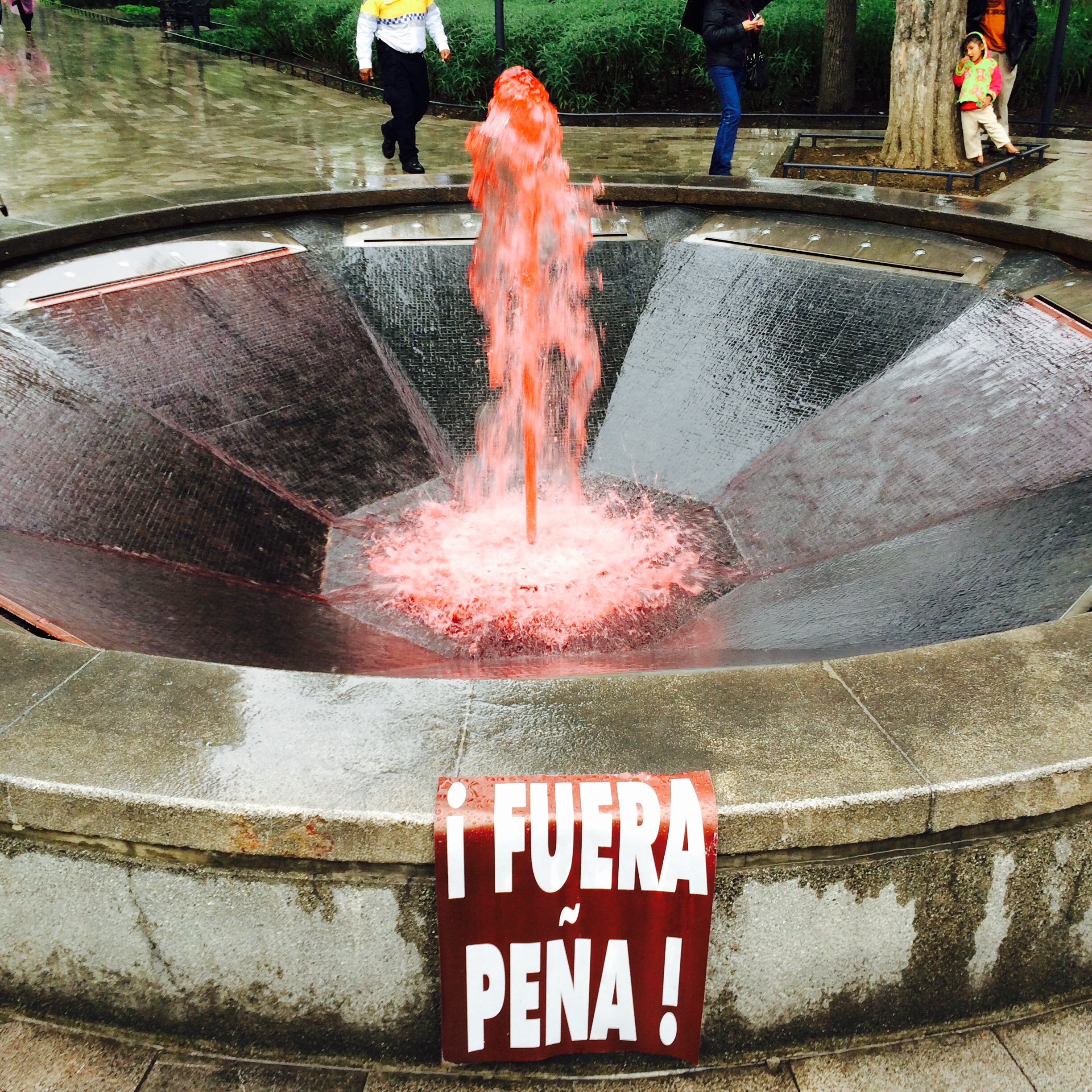Monday morning last week, on October 19, a dead body was found hanging from a bridge in Iztapalapa, the most populous and the most dangerous of the Federal District's 16 delegaciones (boroughs). His body wrapped in bandages and a black mask on his face, the dead man had been tortured and shot through the head twice. The next day another corpse was found in the same district -- blindfolded, hands tied, upside down in a barrel and burnt to death. A third cadaver was found in Iztapalapa the following day, with a threatening message directed at Miguel Angel Mancera, the mayor of Mexico City.
On the afternoon of that same Monday the 19th, in the Colonia Roma, at a restaurant called Belmondo (one of many that have signaled that neighborhood's ascendance as the D.F.'s Hipster Central), five armed robbers disposed some 25 diners of their cell phones and wallets, while they were eating, or waiting to be served, the fancy soups and sandwiches that are the hallmarks of Belmondo's menu. According to Israel Colón, manager at Belmondo, the previous week a motorcycle had been stolen from one of the restaurant's neighbors. Here's a link to a report from El País by David Marcial Pérez about the crimes of October 19, and the increasing crime rate in Mexico City, particularly in Iztapalapa and in the Cuauhtémoc delegation, where Colonia Roma is located.
Throughout his administration, Mancera has bent over backwards to assure the world that there is no organized crime in Mexico City; perversely, he continues to insist that the Iztapalapa murders are isolated incidents with no links to greater Mafias. Nonetheless, other reports suggest that various drug cartels, including La Familia Michoacana, Los Zetas and La Union are in a struggle for power in here in the capital. In his book The Interior Circuit, published last year, my friend Francisco Goldman insisted that the cartels had invaded the city.
The most difficult chapter to research in my book First Stop in the New World was the one about danger and crime in Mexico City. With so much information and misinformation out there, it was complicated to distinguish the reality from the perception about how perilous it is here. I came to the conclusion -- and still believe -- that the collective imagination is worse than the truth. Mexico City didn't even make the list of the 50 most dangerous cities in the world this year (although ten other places in Mexico did), and there are many cities in the U.S. -- among them St. Louis, Baltimore and New Orleans -- where you are far more likely to be murdered than here.
Still, it's irresponsible of Mancera and other politicians (and some bloggers) to pretend that we're one big happy family and there's no danger to living here. There is plenty of armed robbery, car theft, homicide and -- perhaps most alarmingly -- increasingly more extortion in Mexico City. We don't live in a bubble. Watch your back.





